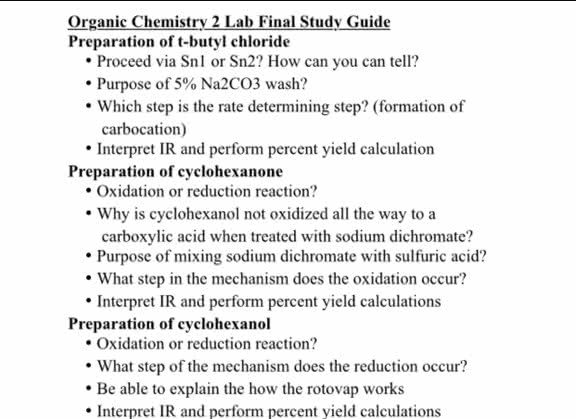[CHEM103] - Final Exam Guide - Everything you need to know! (60 pages long)
Document Summary
Data never proves a hypothesis to be correct; it only supports a hypothesis: theory - an unifying explanation of a scientific phenomena. A synthesis of a large body of information that encompasses well-tested hypotheses about certain aspects of the natural world. Elements 21-56 (including 1-20), names and symbols. Relative number of atoms of each element in a compound: molecular. Actual number of atoms of each element in a molecule. Na, ne, c, k, mg, ni: molecular. H2, n2, o2, f2, cl2, br2, i2 p4, s8, se8. Composed of 2 or more covalently bonded nonmetals: water is composed of h2o molecules. Composed of cations and anions held together by ionic bonds. Formula unit: basic unit, smallest electrically neutral. Ionic compounds: names and formulas: ionic compounds always contain positive and negative ions. O in a chemical formula, the sum of the charges of the positive ions (cations) must equal the sum of the charges of the negative ions (anions).



